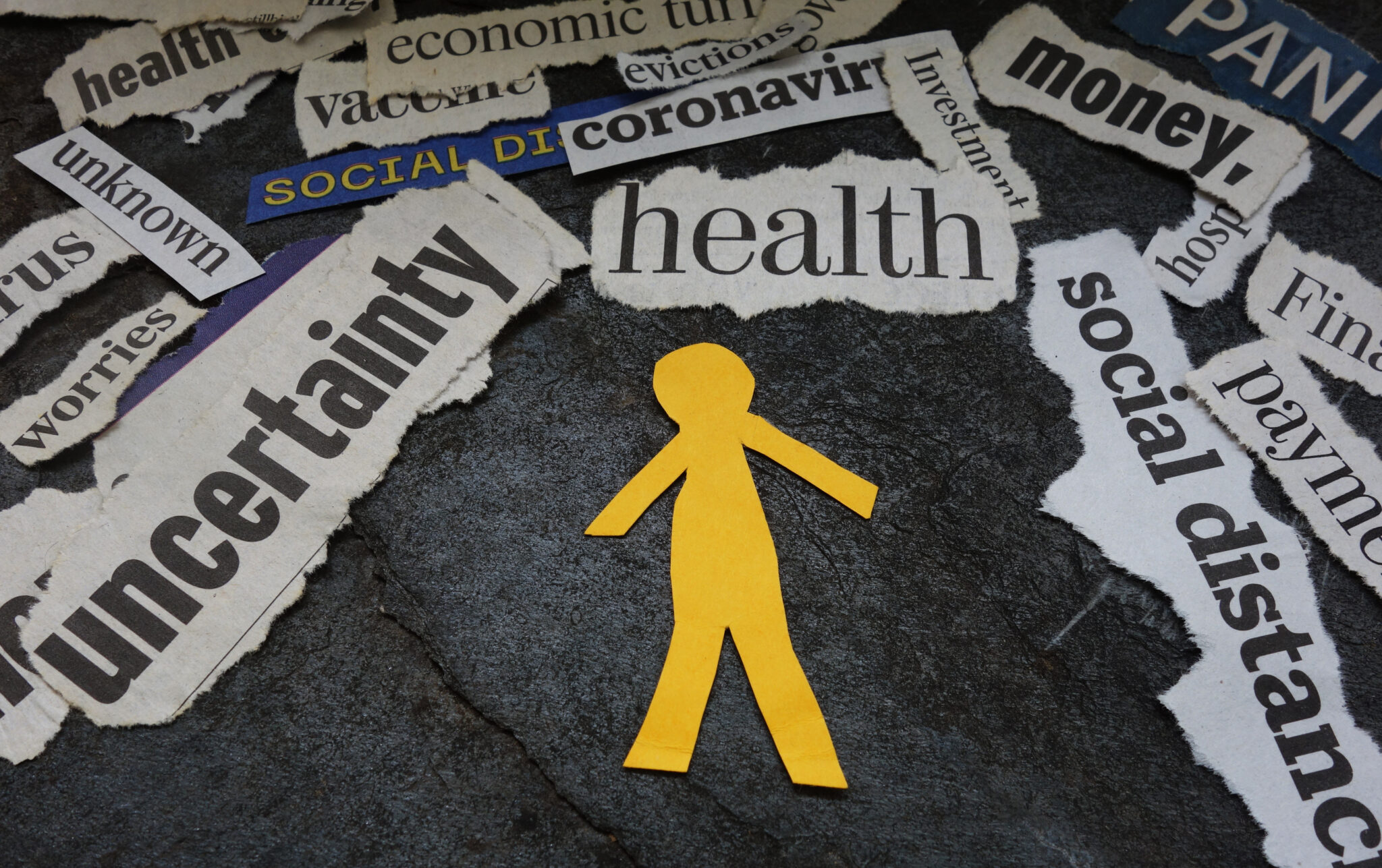Students are facing many changes as they return to school amid COVID-19. While back-to-school is typically a time of excitement, it’s normal for kids to experience some degree of anxiety as a new school year approaches. Younger children may get nervous about leaving their parents, and older children may worry about academics or how they’ll fit in with their friends after spending time apart during summer.
This year, COVID-19 may add to those stresses as children worry about themselves or their loved ones becoming ill. In addition, many normal routines will change as schools take precautions to prevent the spread of COVID-19. The uncertainty of the situation and changes in routine can cause many students – and parents – to feel COVID anxiety.
During the current pandemic, there’s a lot we don’t know, and that can be anxiety-provoking. The ability to cope with uncertainty and recognize that it’s okay to feel that way is an important part of supporting our children’s mental health during this time.
What are some signs your child is feeling anxious about school?
Children show their COVID anxiety in different ways. As a parent, you know your child best, so be on the lookout for changes in your child’s behavior, mood, and routine. These may include:
- Increased defiance or irritability
- Disturbances in sleep
- Loss of appetite
- Lack of concentration
- Less energy
- Physical symptoms like nausea, muscle tension or dizziness
- Refusal to go to school
- Sadness or crying
If your child is showing any of these signs, they may have COVID anxiety about returning to school during the pandemic.
How to support your child’s mental health during COVID pandemic.
If your child is experiencing COVID anxiety, it’s important to discuss their feelings and have open and honest conversations.
- Check-in with your child frequently and listen to their concerns. Make sure to validate their emotions, letting them know that their concerns and frustrations are understandable.
- Help your child focus on what they can control in the fight against the pandemic, such as hand washing, wearing a face mask, and practicing social distancing.
- Ensure your child is getting enough sleep, being physically active, and eating healthy food to support a healthy body and mind.
- Encourage your child to do more of what they enjoy most, whether reading, playing outside, or other activities.
- While plans may continue to change, explain to your child what you do know about what the school year or classroom will look like to help them mentally prepare.
- If your child is going to participate in virtual or remote learning, take steps to set them up for success academically, physically, and emotionally. See tips to support virtual learning.
- Whether your child will be returning to school in person or virtually, it is important to ease them back into a structured daily routine and sleep schedule.
- Help your child adjust to COVID-19 precautions such as wearing a face mask by practicing at home. It is okay to empathize with your child if they find wearing a mask uncomfortable. Let them know that although it can be unpleasant at times, wearing a mask is an important way we can help protect others. See more tips to help children adjust to wearing a mask.
- For older children, remind them that they are helping protect others and doing good for their community by following health precautions.
- Set up ways for your child to continue to socialize safely with their friends over the phone or video chat, especially if they participate in distance learning.
- Teach your child breathing exercises they can do when they feel anxious.
- Send positive or encouraging notes in your child’s lunch or backpack.
- Children are resilient but it’s important to pay attention to signs of anxiety during this time. If your child is prone to anxiety and continues to have difficulty coping, seek professional help, and support.
For more information on how we can help with COVID anxiety – please contact us.


